Christine Lavin — Good Thing He Can’t Read My Mind
How did I discover Christine Lavin, several years before my big neofolk immersion? I think it had to have been through NPR. In the mid-’80s, and especially in my grad school years, NPR was a mainstay. In fact, public radio was about all i listened to, and a major source of my reading and listening habits. At the time, Morning Edition with Bob Edwards was an absolute must (especially on Fridays, when he chatted with the venerable sportscaster Red Barber about just about. anything but sports), and All Things Considered had a somewhat more fluid format than it later would, and was generally fun and interesting. There were all kinds of little bits that let us discover musicians and writers on those and other NPR shows. It was through their contributions that we found the novelist Ellen Gilchrist, for many years a favorite, and several others. It was a doorway to a wider world, knowing there was life beyond the Salt City. And, for a time, hugely important to us.
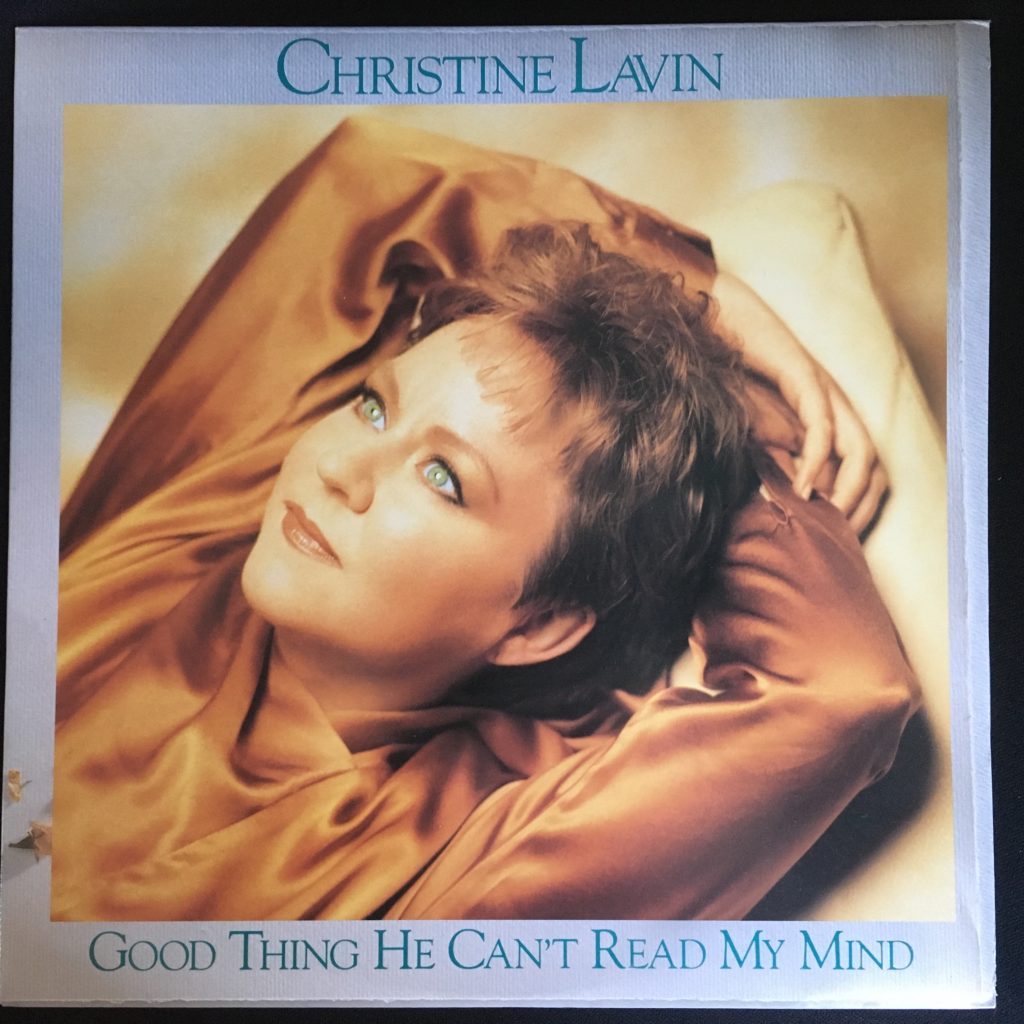
I don’t remember if Christine Lavin was a contributor, or regularly featured, or if there was just one story about her, but I distinctly remember her explaining some of the songs on this album, and getting hooked on the stories as much as the songs. The songs themselves alternate between playful (the title track), and dark (“Never Go Back,” which I sometimes attempt to sing). As a result of this album, I will always think of palm trees as “Tina Turner trees,” and we always joke about “there’s an avocado hidden on this plate.” We played this quite a bit when it came out – 1988, just as I was starting grad school – and bought some of her subsequent albums on CD, including her “Four Bitchin’ Babes” collaboration with Megon McDonough, Patty Larkin and Sally Fingerett.
This is all lovely, playful neofolk, by turns sad and comical, and in replaying this I realize how long it’s been since I listened to Christine Lavin, and wonder that she fell out of my listening repertoire. But some artists are like that. While I went into a pretty deep modern folk immersion for several years, the only artists that I regularly listen to from that period are John Prine and Dar Williams. The rest just seem more rooted in that time of my life and aren’t what I reach for or click on. (I think it’s weird, too, that the supposedly random shuffle mode on iTunes doesn’t seem to randomly shuffle on some artists – I just can’t think of a Christine Lavin song just coming up randomly while I played.)
A beautiful album, one I intend to give a few more listens to, but definitely one that will always take me back to Green Street and those lovely early years.
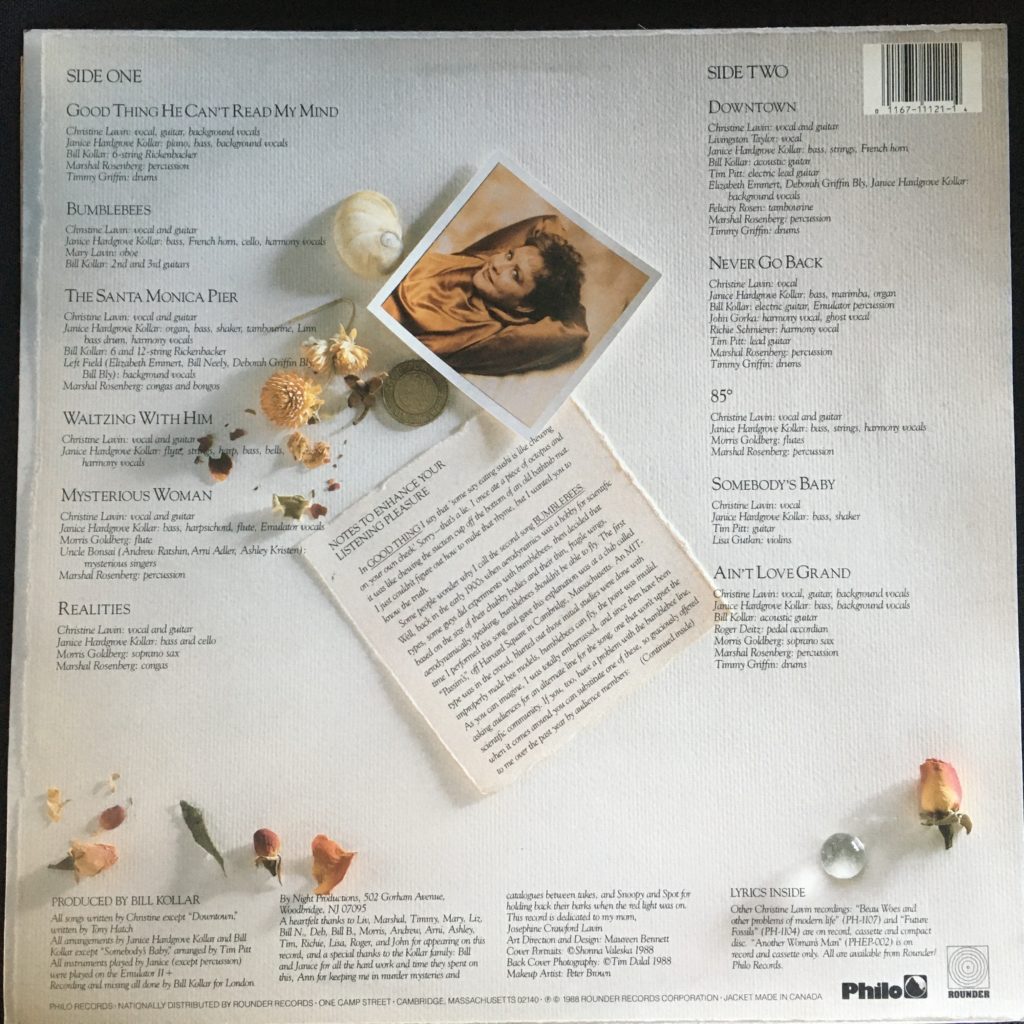
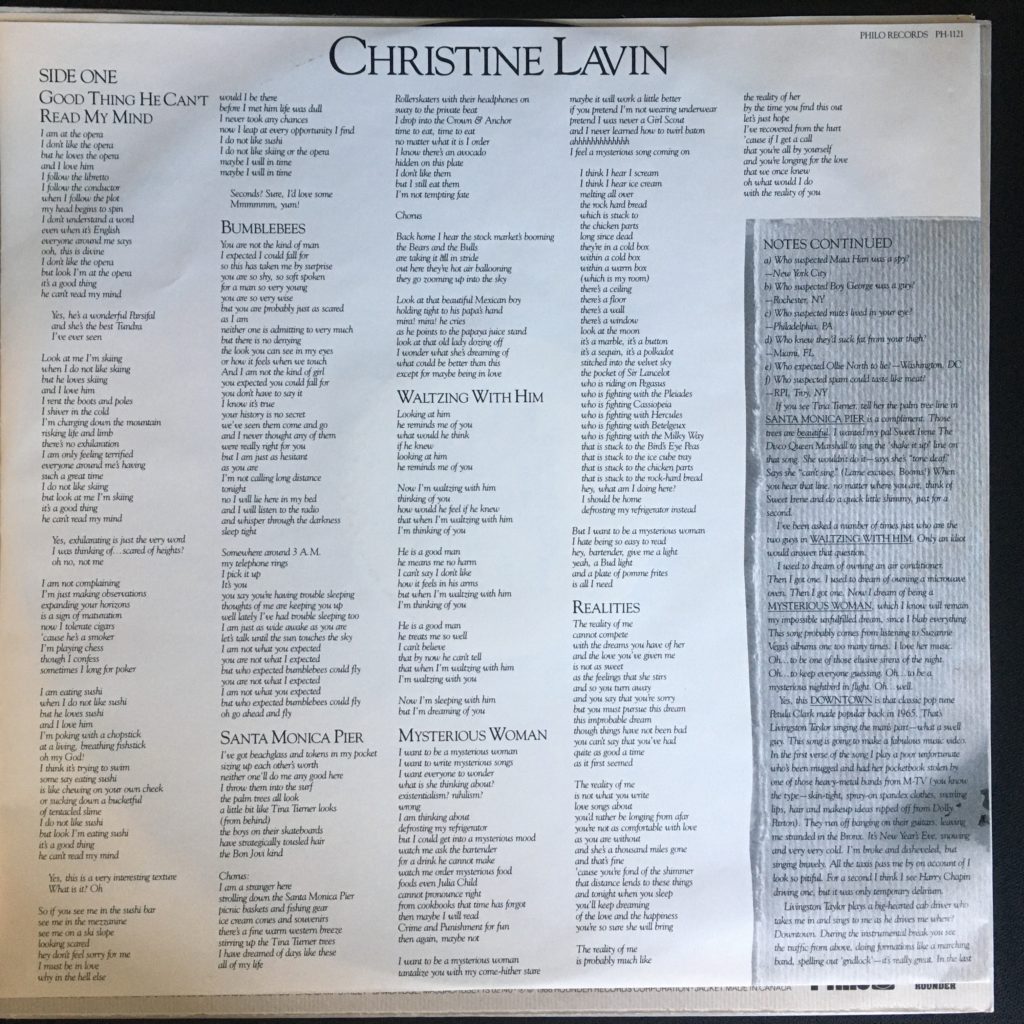
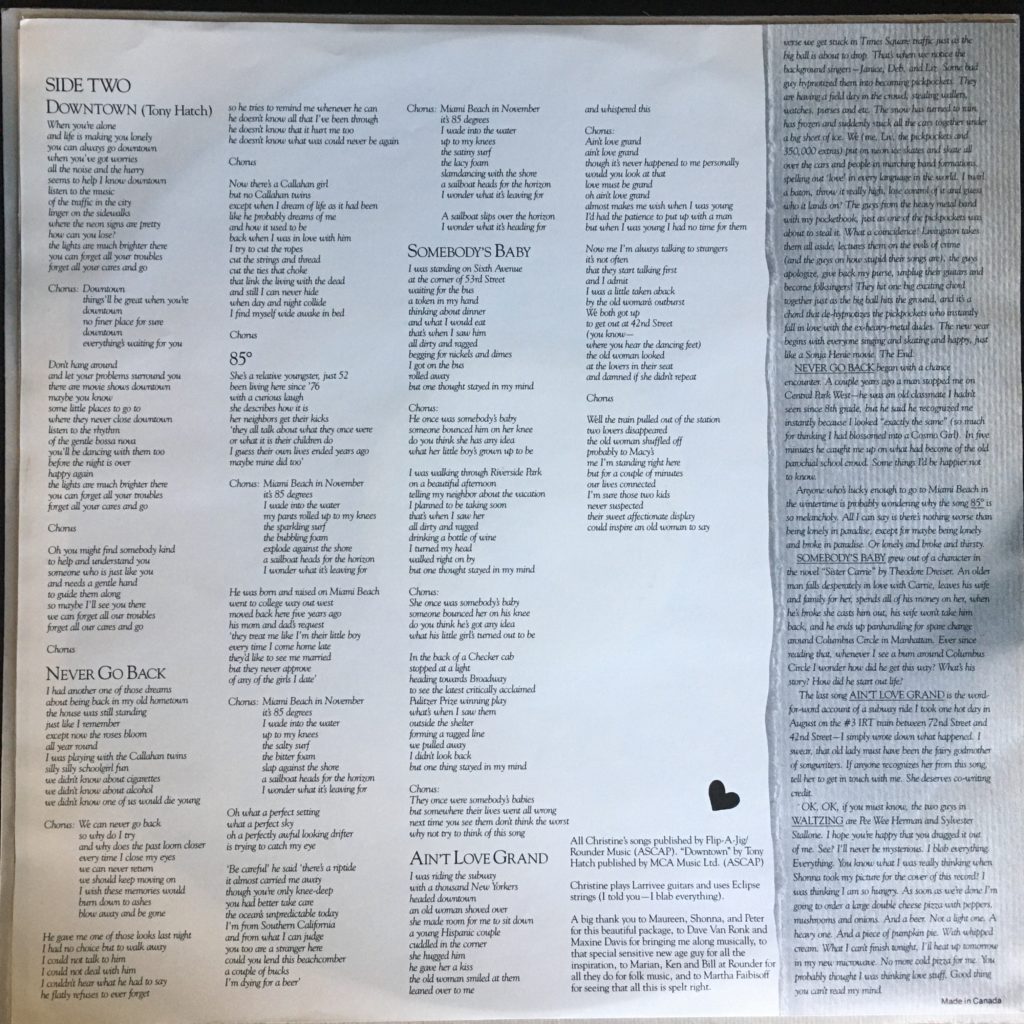
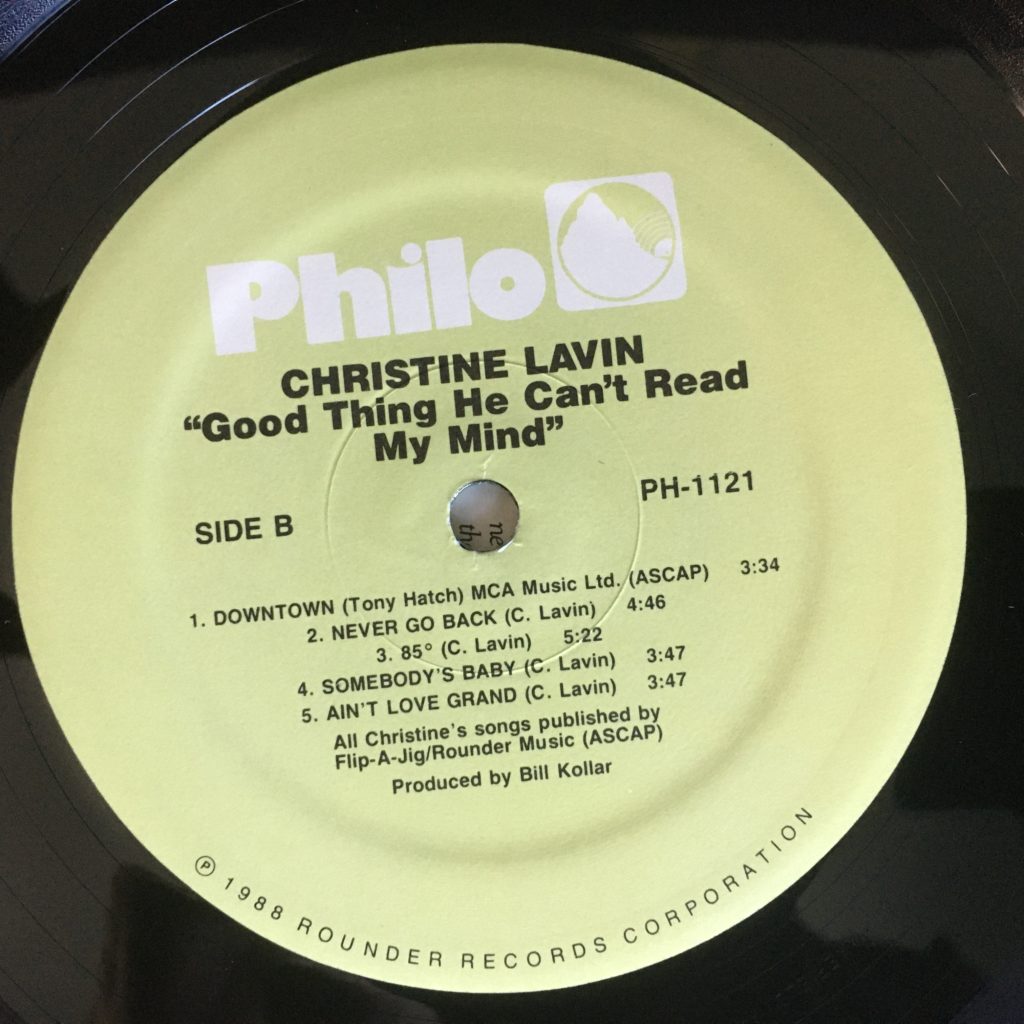
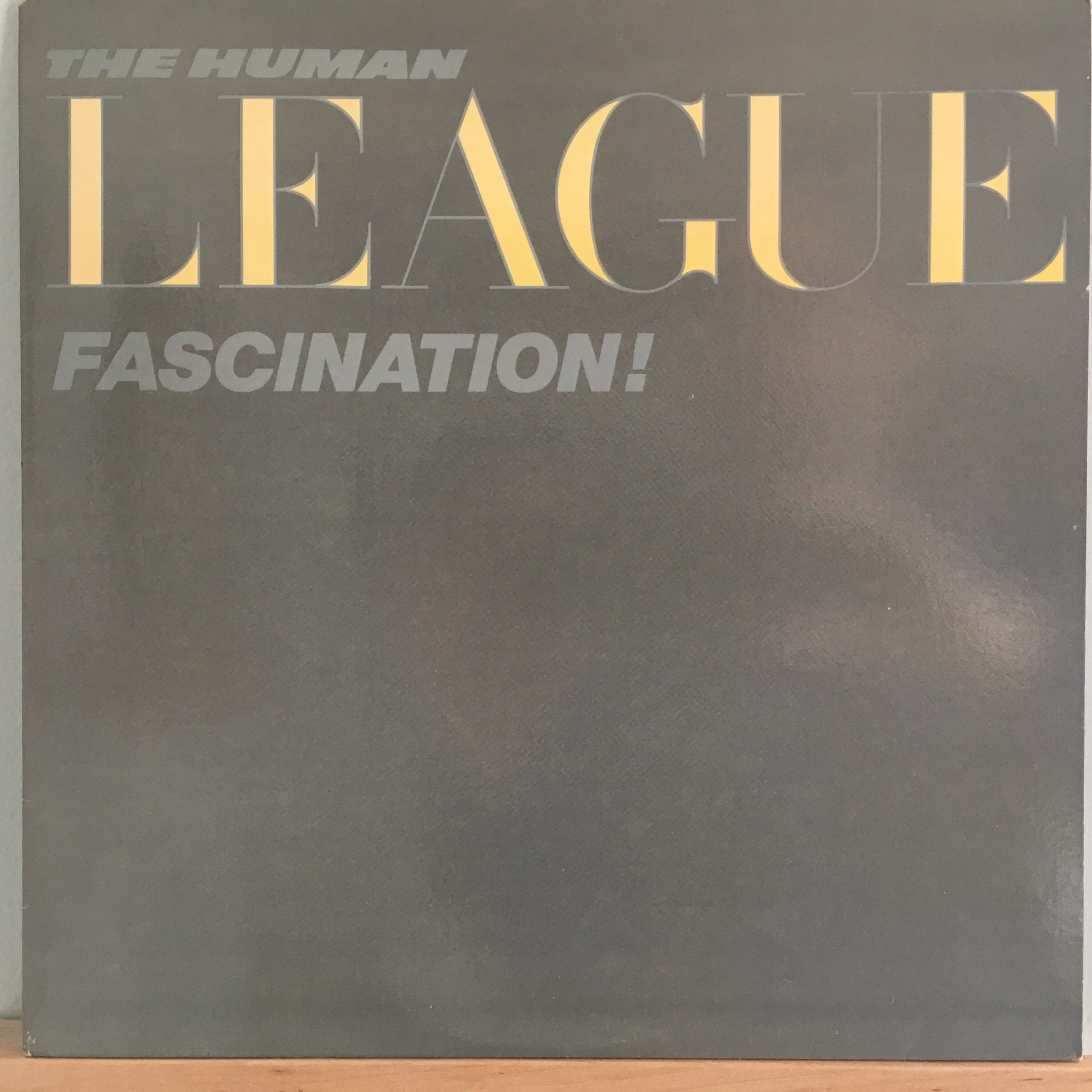

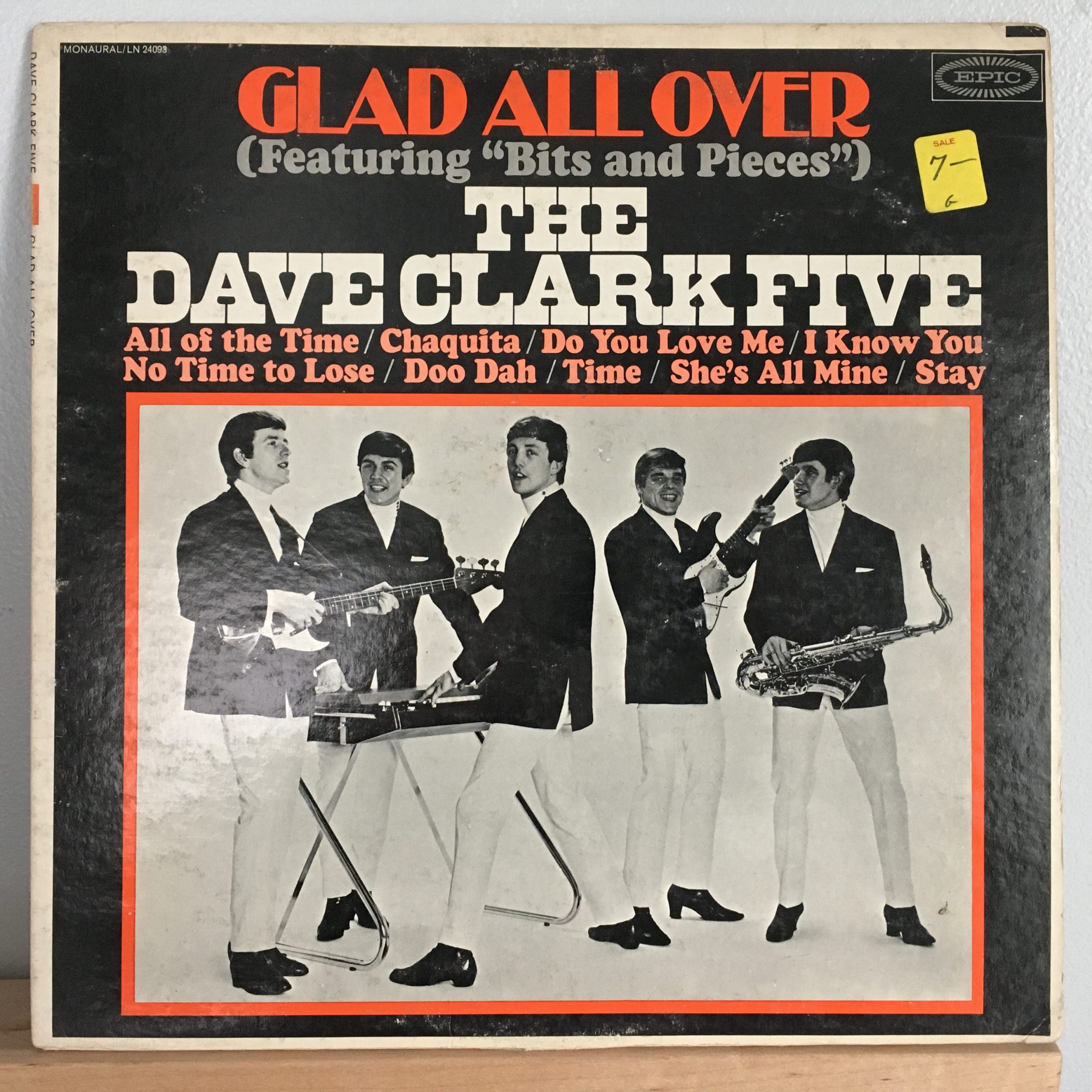
Things We Said Today